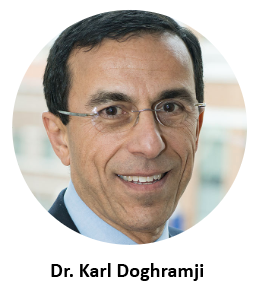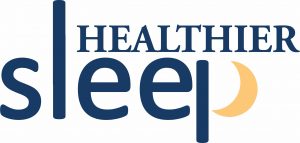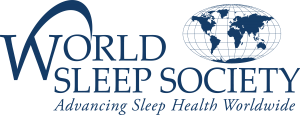The symbiotic relationship you need to know about
Twenty years ago, you would be hard pressed to find data on sleep apnea’s connection to stroke. Even ten years ago it may have been difficult to find supporting data to clarify the association. But today, we are fortunate enough to have dedicated researchers and sleep experts working to let everyone know—Sleep apnea and stroke have a well-documented connection that should not be ignored.

Karl Doghramji, MD is the Medical Director of Jefferson Sleep Disorders Center specializing in Sleep Disorders Medicine. “Several years ago, I began noticing a high prevalence of sleep apnea among incoming stroke patients,” Dr. Doghramji begins. “After searching out national data and examining sleep apnea rates in our own stroke patients, I became involved with the Sleep Stroke Study Group.”
This international group is a growing medical community comprised of sleep and stroke researchers from around the world. “From there, I focused on poststroke outpatients,” Dr. Doghramji explains. “We wanted to know—could implementing treatment for sleep apnea in poststroke patients prevent a future stroke?”
EXPLAINING THE CONNECTION
A number of long-term studies spanning six or more years have concluded that leaving sleep apnea untreated in an individual who has had a stroke increases the risk of having a second stroke. Dr. Doghramji cites those living with untreated severe sleep apnea have a three-fold risk of a repeat stroke. “If the connections between sleep apnea and stroke do not seem apparent, it may help to think about it like this—sleep apnea promotes the right biological environment for a stroke; it is very ‘pro-stroke.’ Stroke is a thrombotic vascular build-up of plaque that forms in an artery supplying blood to your brain. Sleep apnea promotes that process by lowering blood oxygen levels, increasing heart rhythm disturbances, increasing blood pressure…Essentially, sleep apnea is the fire in the oven of stroke.”
UNDERSTANDING THE OPTIONS
Treating sleep apnea, especially when severe, may lower the risk of stroke. But for patients who have already lived through a stroke episode, CPAP machines and other forms of treatment may not be well tolerated. “Post-stroke patients often suffer with daytime sleepiness, weakened cognitive function and physical impairments that make using a CPAP difficult. Currently, we are studying a different form of treatment, which may one day be applied to stroke patients. One such treatment is Upper Airway Stimulation Therapy. Jefferson has been a leader in understanding and implementing this form of sleep apnea treatment.” Much like a pacemaker, an Upper Airway Stimulation Therapy device is implanted into the patient’s chest area. The implant sends mild stimulation to airway muscles, keeping the airway open while the patient is asleep. The implant is turned on at night and off during the day via remote control. “This type of therapy is available commercially to the public,” Dr. Doghramji states. “Studies are being conducted to follow the efficacy of this type of treatment, and so far, the findings have been positive.”
KNOWING THE RISKS
For patients who are unsure if they are living with sleep apnea, Dr. Doghramji advises using the Sleep Apnea STOP-BANG questionnaire to determine next steps. The STOP-BANG questionnaire is available online, and is an acronym for the factors that put individuals at risk for sleep apnea. Snoring, feeling Tired during the day, Observable pauses in breathing and a history of high blood Pressure are what make up the STOP. BANG stands for BMI of higher than 35kg, Age over 50, Neck circumference of more than 16 inches and Gender of male.
A score of 3 or greater helps healthcare professionals determine where patients are at a higher risk for OSA, and who would need a sleep study to confirm the diagnosis. “Patients falling within the high sleep apnea risk categories should be taking steps for risk reduction, such as controlling blood pressure, losing weight, quitting tobacco use, etc.,” states Dr. Doghramji. “Because sleep apnea can create such a perfect environment for stroke to form, I always suggest at-risk patients begin with a sleep study for diagnostic assessment. Diagnosing and treating sleep apnea may lead to lower rates of hospitalization, lower mortality rate due to stroke, and a myriad of other potential benefits.”
To learn more about stroke and stroke risk, Dr. Doghramji suggests reviewing content of the American Stroke Association.



